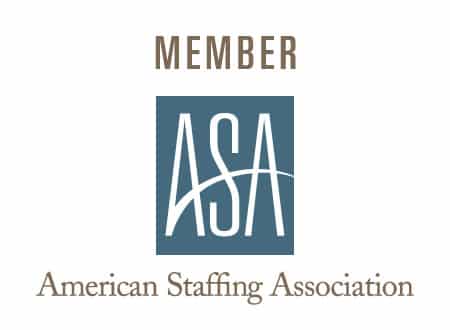Our workforce is changing – dramatically.
Within the last few years, we’ve seen radical changes in the ways employers use contingent employees. No longer just for last-minute fill-ins, temporary and contract workers are a vital, strategic part of our workforce. So much so that, by the end of this year, the contract labor force is anticipated to comprise more than one-third of all employees.
Given the current shift in demographics, smart managers are now creating more “employee-like” talent management models that address contingent workers’ needs. Are your management practices keeping up?
Don’t get left behind! Use these tips from a recent Staffing Industry Analysts article to retain and get the most from your total workforce:
- Give HR a leading role in contingent employee program management. HR should take a more value-based approach to the contracting process and a performance-based approach to supplier management. By moving into a leadership role, HR is likely to place more attention on strengthening talent management programs for non-employee workers.
- Update performance management programs. Facilitate feedback from contingent workers and your staffing firm(s) to help encourage the behaviors needed to achieve your corporate goals. Statement-of-work (SOW) and price-per-piece (PPP) programs may help you develop contractually defined standards and outcomes from contractors – and get the results you need.
- Integrate talent acquisition techniques. Make sure your staffing provider properly explains your employment brand and helps ensure a good cultural fit for all of the candidates they supply – whether for temporary, contract or direct positions. When your staffing partner does a great job in these two talent acquisition areas, they can ensure you always receive the best candidates for the job.
- Improve onboarding and training. Collaborate with your staffing provider to create a more robust onboarding program. Doing so will foster quicker engagement and productivity, while ensuring a ready bench of talent to support your fluctuating demand. Once contingent workers are working for you, consider the following types of training to enhance performance: simulation training – often valuable in manufacturing and logistics; soft skills training – valuable for high performance contractors; and quick ramp-up programs – to close interpersonal skills gaps with recent college graduates (particularly IT workers).
While incorporating these new talent management practices will require an investment on your part, they can pay great dividends in terms of increased retention, productivity and engagement. As the non-employee workforce continues to grow and competition for top talent increases, correctly managing your entire workforce can provide the edge you need to keep the best and brightest working for you.
Want to talk about any of these talent management concepts? Give Wood Personnel a call! As a leading Hendersonville staffing and recruiting agency, we can partner with your company to make sure you get the results you need from your contingent workforce.


